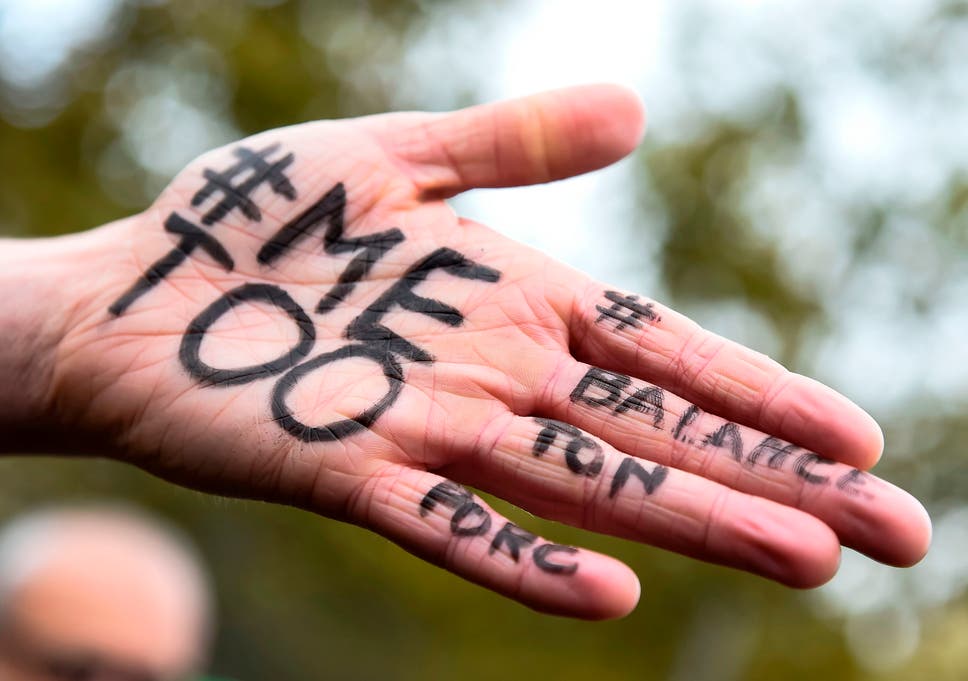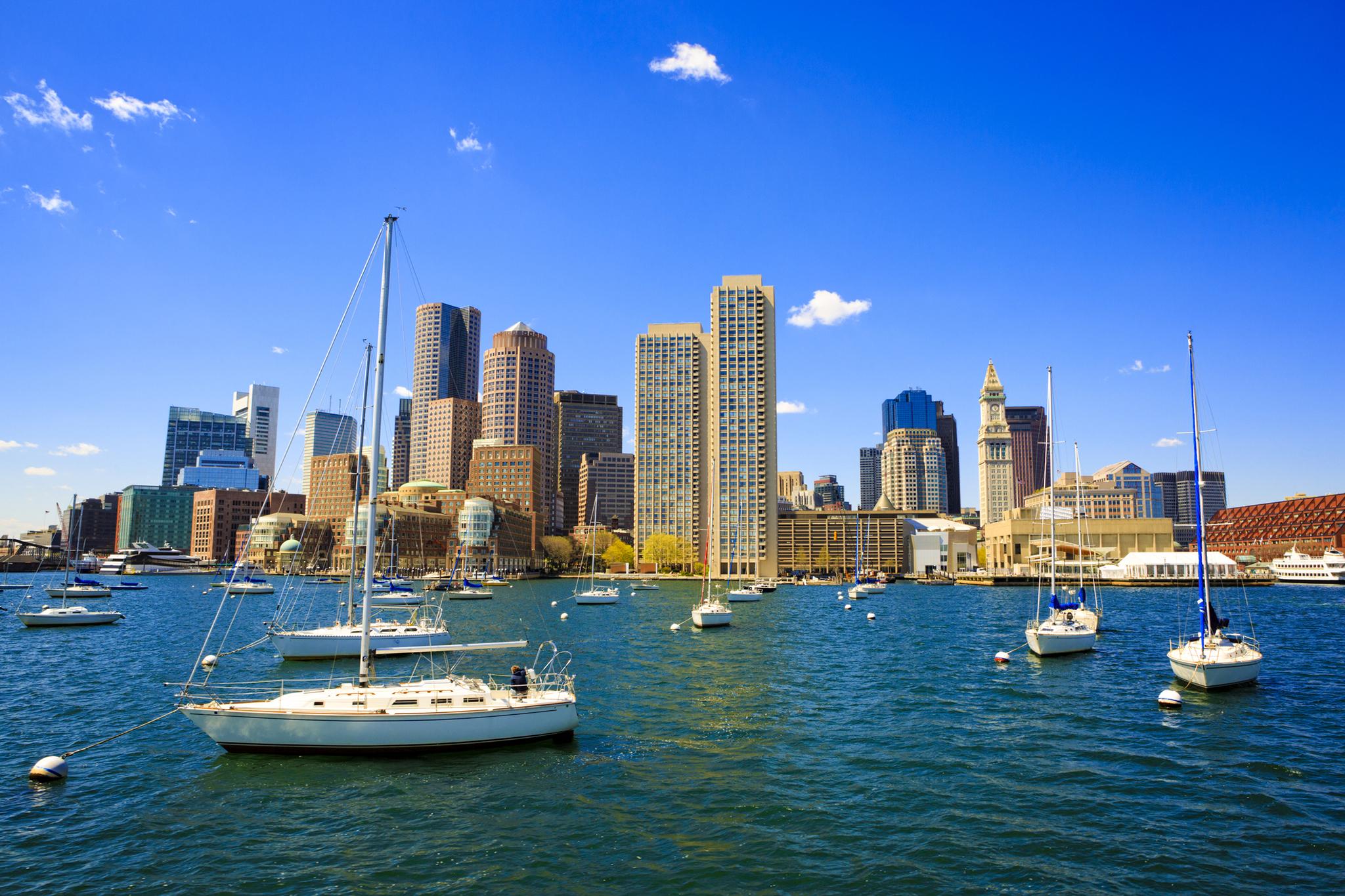THE FOG OF WAR
Iran claims 80 Americans killed in retaliatory fire on US bases in Iraq as Donald Trump says 'all is well'; world powers urge restraint
Iran struck back at the United States early on Wednesday for killing its most powerful military commander, the head of Revolutionary Guard General Qassem Soleimani
Despite the heightened rhetoric, there were some indications that there would not be more immediate retaliation on either side
As Iran claims that 80 American soldiers were killed in its retaliatory fire on US military bases in Iraq and Donald Trump insists "all is well", the stakes are raised in the conflict that many fear can tip the world towards a third global war, if caution is not exercised from both sides.
US and Iraqi officials confirmed the Iranian attack but said there were no casualties among their forces; Iranian television channels, on the other hand, were quoted by Reuters as saying that 80 "American terrorists" had been killed and US helicopters and military equipment had been damaged. It provided no evidence of how it obtained that information.
Iran's strike was a retaliation for killing of its most powerful military commander, the head of Revolutionary Guard General Qassem Soleimani, by the US. Tehran, on Wednesday morning, fired a barrage of missiles at two Iraqi military bases that house American troops in what the Iranian supreme leader said was a 'slap' against America’s military presence in the region.
Iran's Supreme Leader Ayatollah Ali Khamenei, addressing a gathering of Iranians chanting "Death to America", also called for the US troops to leave the region.
"Last night they received a slap," Khamenei said in a speech after the missile strikes. "These military actions are not sufficient (for revenge). What is important is that the corrupt presence of America in this region comes to an end."
However, despite the acrid rhetoric, there were some indications that there would not be more immediate retaliation on either side.
Tehran’s foreign minister Mohammad Javad Zarif said Iran took "proportionate measures" in self-defence and did not seek to escalate the confrontation.
Iran took & concluded proportionate measures in self-defense under Article 51 of UN Charter targeting base from which cowardly armed attack against our citizens & senior officials were launched.We do not seek escalation or war, but will defend ourselves against any aggression.— Javad Zarif (@JZarif) January 8, 2020
The next move appeared to lie with Washington. Trump, who ordered the drone strike that killed Soleimani in Baghdad on 3 January, gave an initial response on Twitter: “All is well!” adding that he would make a statement later on Wednesday.
All is well! Missiles launched from Iran at two military bases located in Iraq. Assessment of casualties & damages taking place now. So far, so good! We have the most powerful and well equipped military anywhere in the world, by far! I will be making a statement tomorrow morning.— Donald J. Trump (@realDonaldTrump) January 8, 2020
Trump, who was impeached last month and faces an election this year, at the weekend threatened to target 52 Iranian sites if Iran retaliate for Soleimani’s killing.
Other global powers who also have a presence in Iraq have said that they have not suffered any casualties either. Germany, Denmark, Norway, Britain, and Poland said none of their troops in Iraq were hurt.
More than 5,000 US troops remain in Iraq along with the other foreign forces in a coalition that has trained and backed Iraqi forces against the threat of Islamic State militants. "As we evaluate the situation and our response, we will take all necessary measures to protect and defend US personnel, partners, and allies in the region," Pentagon spokesman Jonathan Hoffman said.

Mourners attend a funeral ceremony for Qassem Soleimani and his comrades, who were killed in a US drone strike last week. AP
Zarif said the strikes "concluded" Tehran’s response to the killing of Soleimani, who had been responsible for building up Iran’s network of proxy armies across West Asia and who was buried in his hometown Kerman on Monday after days of national mourning.
"We do not seek escalation or war, but will defend ourselves against any aggression," he wrote on Twitter.
Iranian television reported an official in the supreme leader’s office as saying the missile attacks were the "weakest" of several retaliation scenarios. It quoted another source saying Iran had lined up 100 other potential targets.
Way out?
If the US military was spared casualties and Iran takes no further measures to retaliate for Soleimani’s killing, there might be an opportunity for Washington and Tehran to seek a way out of their increasingly violent confrontation.
Analysts have said that despite its strident rhetoric, Iran will want to avoid any conventional military conflict with superior US forces.
In the past, they say it has focussed on asymmetric strikes, such as sabotage or other military action via proxies. US officials said Soleimani was killed because of intelligence indicating forces under his command planned attacks on US targets in the region. They have not provided evidence.
Before Soleimani was buried, his body was taken on a tour of cities in Iraq and Iran, drawing huge crowds. A stampede at his funeral on Tuesday killed at least 56 people.
An hour after the Iranian missile attack, state television showed footage of the burial, where hundreds of people started chanting “God is greatest” when the strikes were announced over loudspeakers.
“His revenge was taken and now he can rest in peace,” Iranian television said.
Tensions have been rising steadily in the region after Trump’s decision to unilaterally withdraw America from Tehran’s nuclear deal with world powers. In 2018, Trump withdrew from the deal approved by predecessor Barack Obama in 2015, and re-imposed sanctions on Tehran slashing its vital oil exports.
Khamenei, in his speech on Wednesday, ruled out any resumption of talks with Washington on the 2015 deal.
The killing of Soleimani and the strikes on the Iraqi bases housing US troops marked the first time in recent years that Washington and Tehran have attacked each other directly rather than through proxies in the region.
It raised the chances of open conflict erupting between the two rivals, who have been at odds since Iran’s 1979 Islamic Revolution and the subsequent US Embassy takeover and hostage crisis.
Adding to the chaos, a Ukrainian airplane with 176 people crashed after takeoff just outside Tehran on Wednesday morning, killing all on board, Iranian state TV and Ukrainian officials said.
The Boeing 737-800 had taken off from Imam Khomeini International Airport, bound for the Ukrainian capital, Kyiv, and mechanical issues were suspected.
The plane carried 167 passengers and nine crew members from different nations. Ukraine’s foreign minister, Vadym Prystaiko, said there were 82 Iranians, 63 Canadians and 11 Ukrainians on board — the Ukrainian nationals included two passengers and the nine crew. The rest were Swedish, Afghan, German and British nationals.
The US Federation Aviation Administration had earlier warned of a “potential for miscalculation or mis-identification” for civilian aircraft in the Persian Gulf amid in an emergency flight restriction. The agency has barred US pilots and carriers from flying over areas of Iraqi, Iranian and some Persian Gulf airspace.
Wednesday’s missile strikes came as the US continues to reinforce its own positions in the region and warns of an unspecified threat to shipping from Iran in Mideast waterways, which are crucial routes for global energy supplies. US embassies and consulates from Asia to Africa and Europe have also issued security alerts for Americans.
US allies in the Persian Gulf that host thousands of American troops are also concerned of an outbreak of direct conflict and retaliation from Iran. The United Arab Emirates and Saudi Arabia have called for de-escalation.
“The situation is not currently a war situation,” UAE Energy Minister Suhail Al-Mazrouei told reporters Wednesday, stressing that Iran is a neighbor and the last thing the country wants is more tension in the region.
Iran’s Revolutionary Guard warned the US and its regional allies against retaliating over the missile attack on the Ain al-Asad air base in Iraq’s western Anbar province. The Guard issued the warning via a statement carried by Iran’s state-run IRNA news agency.
"We are warning all American allies, who gave their bases to its terrorist army, that any territory that is the starting point of aggressive acts against Iran will be targeted," the Guard said. It also threatened Israel.
After the strikes, a former Iranian nuclear negotiator posted a picture of the Islamic Republic’s flag on Twitter, appearing to mimic Trump who posted an American flag following the killing of Soleimani and others Friday.
Ain al-Asad air base was first used by American forces after the 2003 US-led invasion that toppled dictator Saddam Hussein, and later saw American troops stationed there amid the fight against the Islamic State group in Iraq and Syria. It houses about 1,500 US and coalition forces. The US also acknowledged another missile attack targeting a base in Irbil in Iraq’s semi-autonomous Kurdish region.
The Iranians fired a total of 15 missiles, two US officials said. Ten hit Ain al-Asad and one the base in Irbil. Four failed, said the officials, who were not authorized to speak publicly about a military operation.
Two Iraqi security officials said at least one of the missiles appeared to have struck a plane at the Ain al-Asad base, igniting a fire. There were no immediate reports of casualties from the attacks, according to the officials, who spoke on condition of anonymity as they had no permission to talk to journalists.
Trump had visited the Ain al-Asad air base, about 100 kilometres west of Baghdad, in December 2018, making his first presidential visit to troops in the region. Vice President Mike Pence also has visited the base.
While most global powers have called for restraint, Israeli prime minister Benjamin Netanyahu warned that his country would strike back hard against anyone who attacked it, as he reiterated his support for the US killing of Iranian military commander Qassem Soleimani last week.
"Whoever tries to attack us will be dealt the strongest blow," Netanyahu said in Jerusalem. He said that Israel “stands completely” beside Trump’s decision, saying Trump should be congratulated for acting "swiftly, boldly and resolutely."
Democrats warn against escalating conflict with Iran
Trump’s US political rivals have challenged his decision to order Soleimani’s killing and questioned its timing in a US election year. Democrats in the US Congress and some of the party’s presidential contenders warned about the escalating conflict.
“We must ensure the safety of our service members, including ending needless provocations from the Administration and demanding that Iran cease its violence. America and world cannot afford war,” US House of Representatives speaker Nancy Pelosi said on Twitter.
With inputs from AP and Reuters
Updated Date: Jan 08, 2020 17:26:30 IST




















